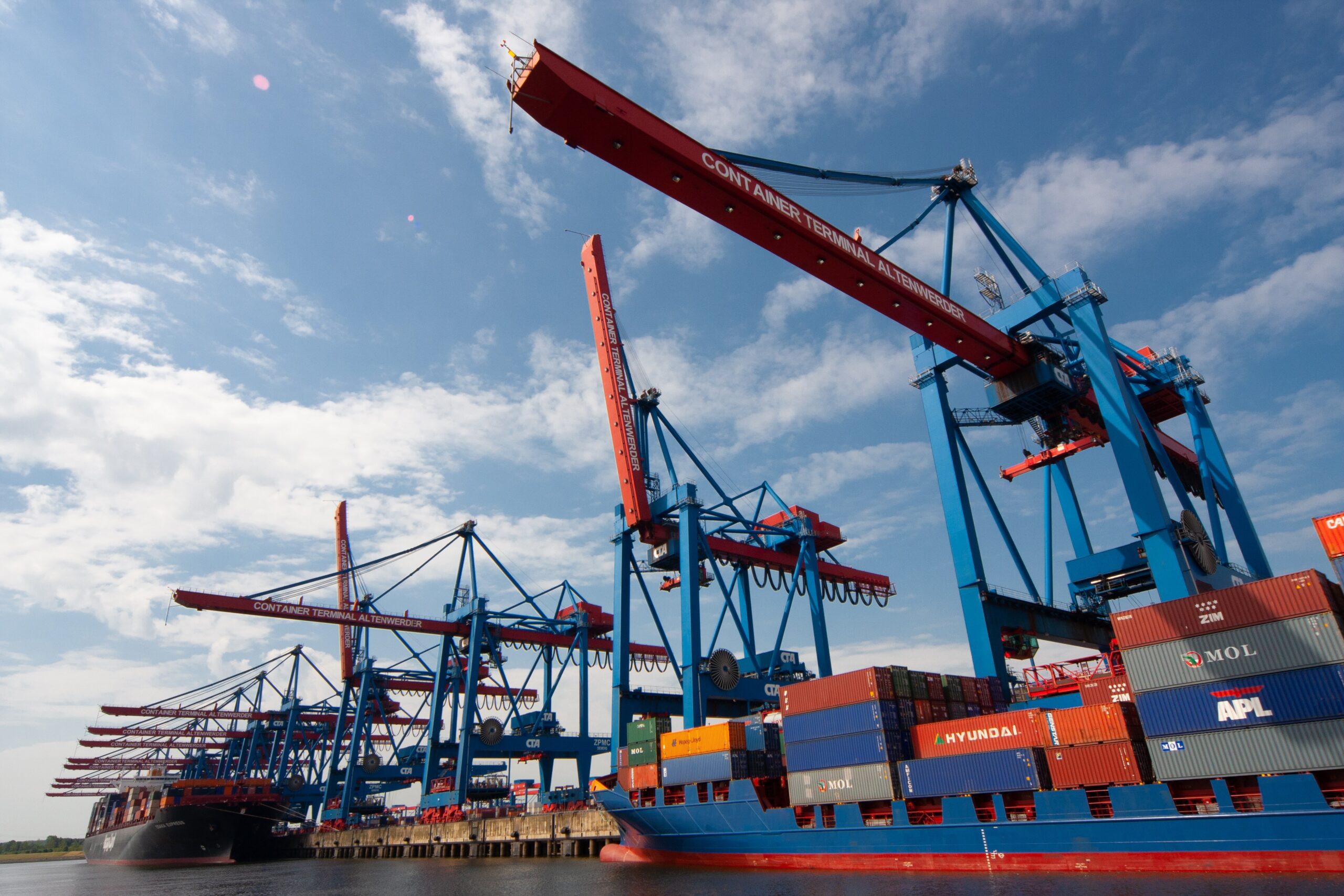World Trade Organization (WTO) estimates that about 80% of the trade conducted globally relies heavily on trade finance. The annual global trade finance market is valued at about USD 5.2 trillion; and it forms the backbone upon which international business transactions are carried out.
Trade finance can simply be described as financing of international and continental trade flows.
International and continental trade flows are carried out between two main parties; the exporter (supplier) and the importer (buyer). Since they occur across borders and the parties involved often have no prior engagements, these transactions carry some inherent risks with them. The common risks in cross boarder business transactions include:
- Non- payment risk; whereby the importer may fail to pay for the goods or services
- Supply risk; whereby the exporter may fail to deliver the goods or services
Trade finance introduces a third-party to the cross border transactions who provides financial products that help mitigate the non -payment and supply risks. The third party may be a bank, an insurance company, a trade finance company, or an export credit agency.
Trade finance instruments
In most cases, external financing to a business is used to meet liquidity needs and manage solvency risks. However, trade financing may not necessarily indicate a lack of funds or liquidity on the part of the exporter and importer; hence the need for different types of financial instruments provided by the aforementioned parties. The financial instruments are categorized into two main products:
- Funded products: They provide funding/liquidity to the trading parties and are often availed by financial institutions. They include import loans and other working capital loans.
- Unfunded products: They provide credit enhancement/support by guaranteeing the performance of the parties in their different roles. They include letters of credit, and documentary collections.
Trade Finance in the African Market
While the African continent boasts a population of about 1.3 billion people with a combined GDP of USD 3 trillion, it accounts for just 3% of the global trade and 16% of intra African trade which is relatively low compared to its peers. The low numbers are attributable to lack of high trading volumes from the SMEs who account for about 80% of businesses across Africa.
Trade finance is instrumental in getting these SMEs to the continental and global trade arena without fear of the inherent risks in the markets. Trade finance in Africa has mainly remained to be a preserve for commercial banks, but the participation rate continues to decline. Regionally, bank participation in trade finance remains highest in North Africa (92%) and West Africa (87%) and lowest in Central Africa (80%) and Southern Africa (77%) respectively.
SMEs across Africa continue to struggle to secure funding to scale their operations; which limits their ability to take advantage of trade opportunities available at both continental and international levels. Financial institutions across Africa reject most trade finance applications from SMEs on the following grounds:
- Weak client creditworthiness
- Insufficient collateral
- Falling short of the regulatory requirements related to Know Your Customer (KYC)/Anti Money Laundering (AML) by the trade finance regulators
- Limited forex liquidity
Although the risk profile for SMEs in Africa has improved, their trade finance application rejection rate is still high. Only a handful of multinational companies benefit from the trade finance facilities offered by financial institutions in Africa due to their large trading volumes; hence curtailing the development of intra-African supply chains by crowding out SMEs in Africa.
A survey by the Asian Development Bank (ADB) on Trade Finance Gaps, Growth and Jobs Survey revealed that the global trade finance gap grew to USD 1.7 trillion in 2020. This gap was a 15% increase from the previous two years; with the growth being attributable to the business disruptions caused by the COVID-19 pandemic.
In Africa, the trade finance gap stood at USD 82 billion before the pandemic and has continued to widen over the last one and a half years. The pandemic forced the commercial banks to cut down on the trade finance available to SMEs despite a growing demand. While lack of access to trade finance for SMEs is a key obstacle to developing countries participating in the global value chain; other barriers include:
- Stringent technical requirements and standards abroad
- Lack of information on available market opportunities
- Non-tariff barriers such as burdensome procedures foreign borders
- Substandard production technology and skills, which affects the quality of the output
Trade finance can spur SMEs participation in trade at both continental and international levels. Current efforts to bridge the trade finance gap in Africa should focus on enhancing the capacity of the local banking sector in supporting trade finance through the involvement of DFIs to provide credit guarantees. In addition, SMEs should be empowered with market information so as to take advantage of the opportunities available across the continent through the African Continental Free Trade Area (AfCFTA); which seeks to create a single market for goods and services across Africa.
Author: Inzillia Sasi


